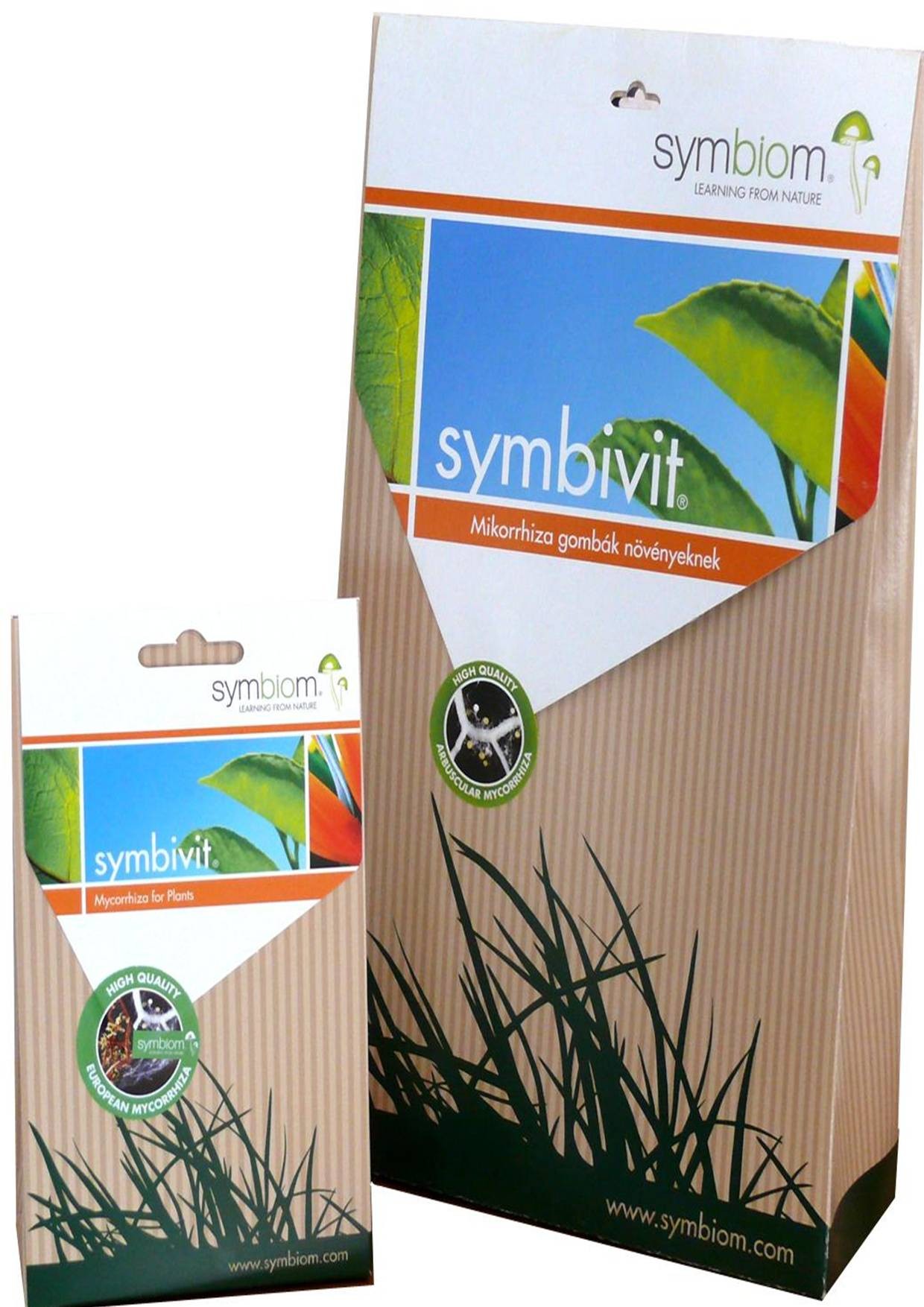Symbivit 3 kg
| €82.41 * (nettó: €64.89) | |
Effect of the product on plants:
SYMBIVIT contains mycorrhizal fungi of natural origin, which increase the surface area of the root for water and nutrient uptake through a network of hyphae. This relationship is maintained throughout the life of the plant, stimulating plant growth and disease resistance.
What effect can be expected when using SYMBIVIT?
Increased nutrient uptake and resistance of the plant through the colonised root. The microscopic size of the mycorrhizal fungal hyphal network will be in contact with the root and thus the surface area for water and nutrient uptake will increase severalfold.
How to apply?
Spray the bottom of the planting hole with the product, then plant the plant. For mature plants, drill 6-8 holes near the roots and apply SYMBIVIT to the roots. One SYMBIVIT treatment is sufficient! Avoid fungicide applications for at least three weeks after application. Mycorrhizal fungi are microscopic soil-dwelling fungi that can live in symbiosis with nearly 90% of terrestrial plants. The mycorrhizal fungi that infiltrate the roots of plants, or more precisely this form of coexistence, are called "mushroom roots" or mycorrhizae. This relationship is beneficial for both parties, as the fungal partner receives ready-made nutrients from the plant, and the plant is able to take up nutrients and water that would otherwise be unavailable to it, thanks to the fungal mycelial network.
What types of mycorrhizae are known?
From a morphological and functional point of view, mycorrhizas can be divided into two broad groups: ectomycorrhizas, which are typical of open-pollinated plants, and endomycorrhizas, which are also typical of cultivated plants. The most ancient and widespread type is the arbuscular endomycorrhiza (AM), which dates back more than 400 million years and probably played a role in the expansion of dryland plants. Mycorrhizal fungi have beneficial effects on host plant growth, mainly by enhancing phosphorus, copper, zinc and nitrogen uptake. They also play a significant role in increasing the salt, drought and metal tolerance of the plant, but also in increasing resistance to diseases (Phytium, Phytophtora, Fusarium sp.)."
Uses:
For the soil treatment of vegetables (except brassica) and lawns at 150 g/m2 sown, broadcast on the soil before planting and worked into the root depth. In vine and fruit crops, 30-60 g/plant, distributed between trees/plants in 2-6 holes, depending on the spacing of the plants, by soil drill, to the depth of the root zone.
Benefits of Symbivit®:
- Can provide up to 100% yield
- Chemical-free solution
- Includes a water-binding gel
- One-time cost over the life of the plantation
- Effective for up to 50 years
- Improves stress tolerance (drought)
- Produces a faster crop
- Provides continuous nutrient uptake
- Improves crop safety and quality
- Stabilizes yields at higher levels
| Weight: | 3 kg |
|---|---|
| Aviability: | 1-4 nap |
| Basic sales unit: | db |
| Culture: | Bio |
| Biztonságtecnikai Adatlap | T07373-1-Attachment-InternetGazda-Symbivit_-_Biztonsági_adatlap1.doc |
|---|
Login
Login
